We independently evaluate all recommended products and services. If you click on links we provide, we may receive compensation.
“My feet are killing me.” Have you uttered this phrase in the last week? Maybe today? You’re not alone. According to Harvard Health, a 2018 study conducted by the American Podiatric Medical Association (APMA) found that around 75% of people surveyed had problems with their feet. Half of the participants said their foot issues were troublesome enough to limit their everyday activities.
We spoke with two board-certified podiatrists — Dr. Jason Gold, DPM, FACFAS, from the Foot, Ankle & Leg Vein Center in Florida, and Dr. Brad Schaeffer, DPM, of Sole Podiatry NYC and TLC’s appropriately titled show, My Feet Are Killing Me — to find out why foot pain may be bringing you down.
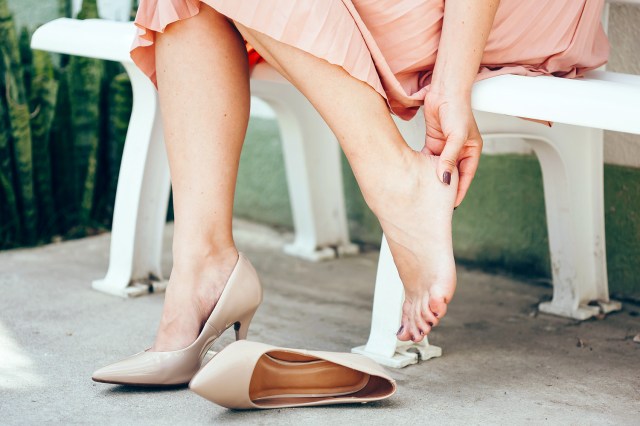
Common Reasons for Foot Pain
Foot pain can result in limited movement and mobility and sometimes injury, according to John Hopkins Medicine. “Your feet are like the wheels of your car. Without the car’s wheels, the car will not be able to move,” Dr. Gold says. “The wheels propel you forward or backward and get your car moving. When a wheel is flat and isn’t working properly, the car can’t function and move properly. The same analogy can be used for your feet.”
Let’s look at nine reasons for that nagging pain in your sole (pun intended) and what you can do to keep your “wheels” moving and healthy.
1. You Wear Ill-Fitting Shoes
We get it — you love wearing your favorite boots every day, everywhere. But do those boots love your feet back? “Wearing shoes that are not properly fitted can lead to a host of issues, including bunions, hammertoes, and neuromas,” Dr. Gold says. “The simple solution is to wear well-fitted shoes. Looking for shoes with a rounded or square toe box is preferred. Since our feet change as we age, getting your accurate foot length checked periodically is recommended.”
2. You Love High Heels
Those killer Manolos you covet might just be killing your feet. “Sometimes, shoes such as high heels and wedges are just all-around uncomfortable,” Dr. Schaeffer says. “For those who wear heels to work or events, I always recommend commuting in a sneaker and then changing into your heeled shoes right before.”
Dr. Gold also cautions that continuous stiletto-wearing can lead to more serious conditions. “Wearing [high heels] for too long or too frequently can put too much pressure on the ball of the foot, leading to the loss of a person’s natural cushioning, called fat pad atrophy,” he explains. “Treatment options for fat pad atrophy include wearing a cushion in your shoe or restoring the lost fat with in-office injectables such as a dermal filler or fat transfer called fat pad restoration.”
“When you lose the natural cushioning in the ball, the foot may develop a burning pain or a feeling like you are walking on pebbles,” Dr. Gold adds. “High-heel use is recommended in moderation. It is also recommended to wear high heels that have a front platform and a thicker heel.”
3. Your Shoes Have Poor Arch Support
Even your flat shoes might not be supporting your arches properly, which could cause pain. “Our arches are made up of tendons that absorb shocks when you are on your feet,” Dr. Schaeffer explains. “Sometimes, the tendons do not pull together properly, so there is little to no arch, called flat foot or fallen arch. When our arches don’t effectively absorb the shock of our steps, this can result in painful or achy feet, especially heel and arch pain.” He recommends an arch-supporting product such as Dr. Scholls Heel & Arch All-Day Pain Relief Orthotics, which has a supportive heel cup and extra arch support to lessen the pressure on those tendons.
The Cleveland Clinic also suggests strengthening and stretching exercises for flat feet and fallen arches — for example, arch lifts and heel raises — although it’s recommended that you first consult with a health care provider, such as a podiatrist or physical therapist, before starting a new routine.
4. You Have Plantar Fasciitis
If your pain is mostly in the back of your foot, you may be suffering from a condition called plantar fasciitis. According to the Mayo Clinic, plantar fasciitis is one of the most common causes of heel pain, and certain factors can increase your risk: age (it’s most common between the ages of 40 and 60), activities such as long-distance running and ballet, flat feet or high arches, obesity, or jobs that keep you on your feet.
“Plantar fasciitis is inflammation at the site where the plantar fascia, a long ligament that runs along the bottom of the foot just below the skin, attaches to the heel bone,” Dr. Schaeffer says. “This thin strong fibrous ligament attaches the heel bone to the toes. The plantar fascia supports the arch of the foot when standing and engaging in any type of activity that involves putting pressure on the foot, such as walking and running. When the plantar fascia experiences inflammation at the point of attachment, pain can occur.”
Treatments for plantar fasciitis recommended by Dr. Gold include stretching, icing, supportive shoes and orthotics, and seeking treatment by a doctor. “A preventive solution is simple; wear a supportive shoe, especially in your home,” he says.
5. You Walk Barefoot
While we all love the freedom of going shoeless, Dr. Gold warns that it can actually cause plantar fasciitis. “Not wearing shoes at all can lead to heel pain and plantar fasciitis,” he says. “Walking barefoot can put extra strain on the [plantar fascia] ligament, leading to inflammation and tearing. Most commonly, people complain of pain with the first step of the day and after being on their feet for a while.
The APMA also suggests limiting barefoot time as it may lead to other conditions that can cause foot pain, such as sunburn, plantar warts, athlete’s foot, ringworm, and other infections.
6. You Have Bunions
Do you have a bony bump at the base of your big toe? That’s a bunion, and according to the Cleveland Clinic, they’re very common, affecting around one-third of Americans. Bunions are formed when something puts pressure on your big toe to push it out of alignment and over toward your other toes. Treatment can include footwear changes, bunion pads, orthotic devices, physical therapy, and sometimes surgery.
“A lot of people experience bunions,” Dr. Schaeffer says. “You can get bunion correctors with splinting. You can add arch supports to offload the bunion area, and you can wear better-fitting shoes with some spandex or mesh. Any of these things are going to be better than a leather type of shoe for bunions.”
7. You Have Inflamed Nerves
If your pain is located in the front of your foot, you may have a neuroma. “Neuromas are inflamed nerves in the ball of the foot, usually between the third and fourth inner space,” Dr. Schaeffer explains. “This can be very painful and feel like you’re walking on a rolled-up sock in the front of your foot. I actually experienced this myself, and it can be extremely frustrating and annoying.” Again, ball-of-foot cushions and arch supports are great for this to offload the front of the foot, so there’s not so much pressure in that area.
The APMA also suggests you consult a health care professional if you’re experiencing pain, since untreated neuromas tend to get worse.
8. You Work Out With an Injury
If you’re an athlete or someone who exercises regularly and you’re experiencing foot pain, you may have not allowed an injury to heal sufficiently. “If you have an injury to your foot or ankle, it is recommended that you let the injury heal before you continue to perform activities,” Dr. Gold says. “Pushing too hard or too soon will only worsen the injury, making it more difficult to treat and [taking] longer to heal. If you do have an injury, consider rest, ice, and elevation, as well as supporting the injury with an appropriate shoe or brace. Finally, make an appointment with your local podiatrist for an evaluation and a formal treatment plan.”
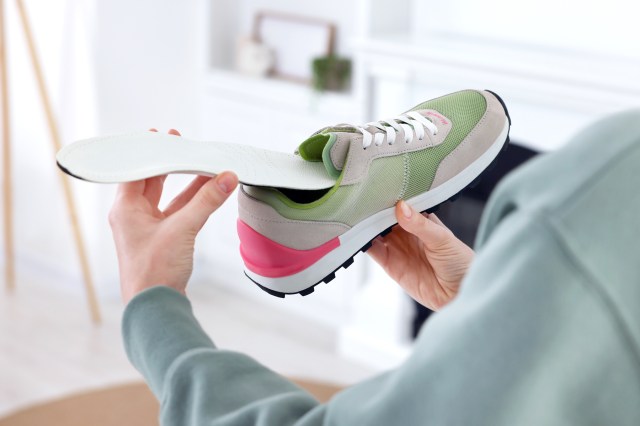
How To Keep Your Feet Healthy
Preventing pain before it starts is key, and both Dr. Schaeffer and Dr. Gold have precautionary measures you can take, from exercises to regular checkups. “Stretching is the name of the game,”Dr. Schaeffer says. “[And] support your feet with insoles and wear proper-fitting shoes.” “[It also helps to] go to your podiatrist and get routine X-rays to make sure there’s no arthritis or anything popping up like bunions and hammertoes.”
Dr. Gold also recommends consulting a professional. “For people with underlying medical conditions and neuropathy, it is essential to get into the habit of having a routine foot check with a podiatrist,” he says. “It is recommended to have your visit at least every three to four months. By having foot exams regularly, your doctor can look for signs of skin, bone, and circulation issues early, thus recommending how to prevent foot problems. Keeping active is the key to a long quality of life, and in order to keep the wheels turning, you must keep your feet healthy.”
This article is for general informational purposes only.
Affiliate Disclaimer Medical Disclaimer



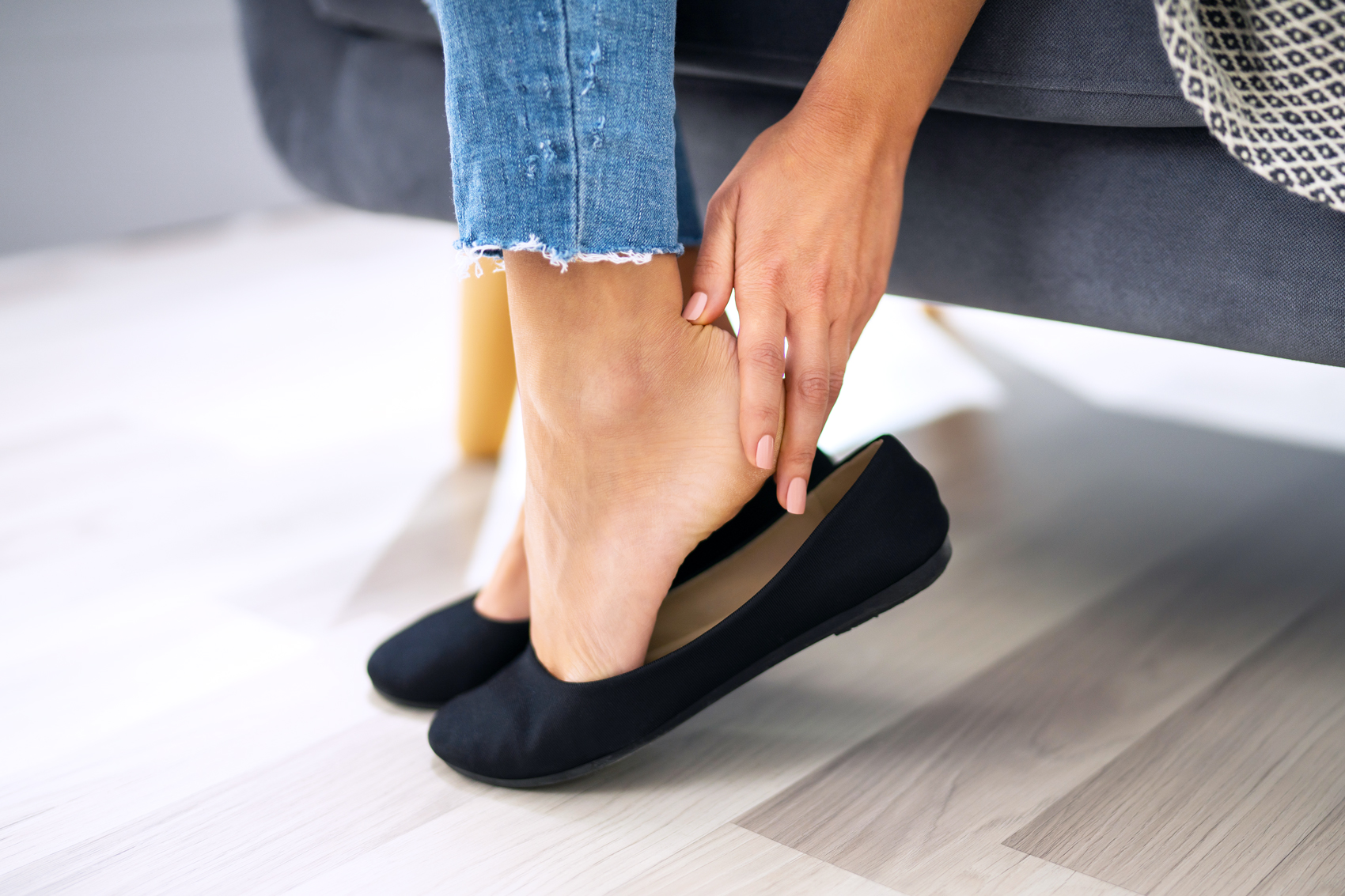

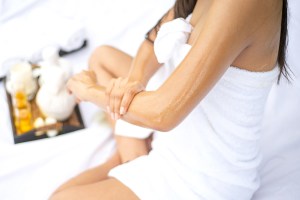
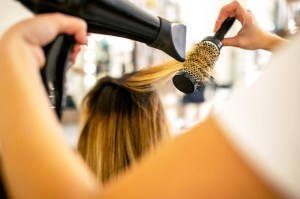





 Unique Beauty is free for all users.
Unique Beauty is free for all users.